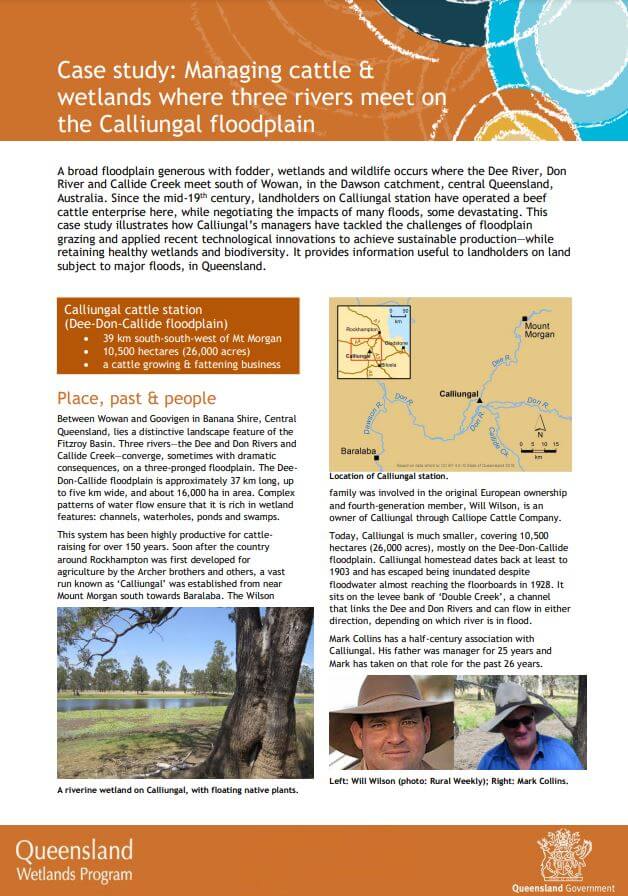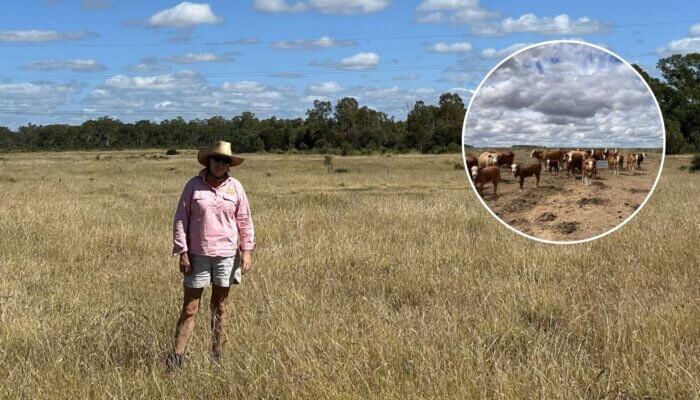Resources library
Resources
From the paddock to the reef: tracking cattle movement
From the paddock to the reef: tracking cattle movement
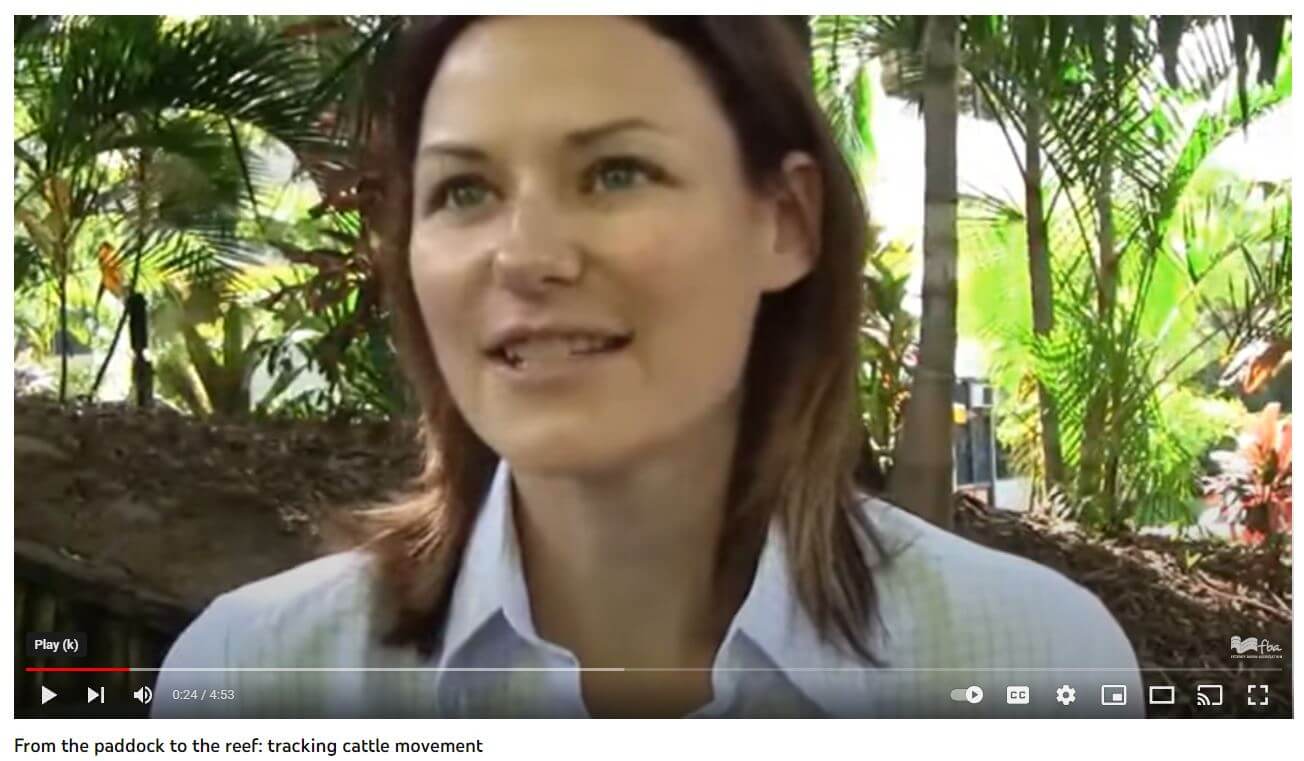
An innovative research project in central Queensland is tracking cattle movement in paddocks with different layouts, to see how much cattle rely on creeks for drinking water when a trough is available. Cattle have been fitted with GPS collars that track their every move. This project has been supported by the Australian and Queensland Government's Paddock to Reef program, and involves Fitzroy Basin Association, CSIRO, and CQ University.
13/02/2013
Cotton best practices with the Austin Family
Cotton best practices with the Austin Family
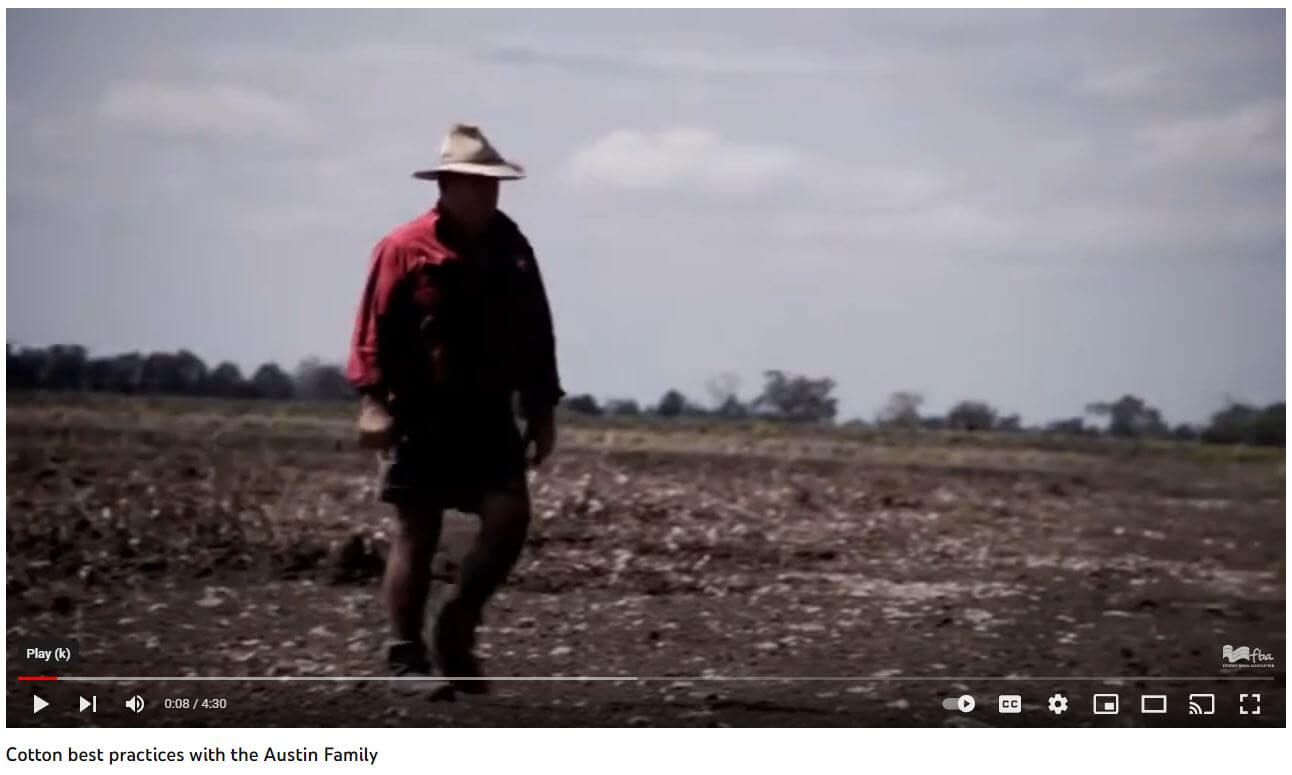
The Austin's farm cotton and they do it sustainably. Assessing their business by completing myBMP, the cotton industry's best management practices program.
31/10/2012
Best management practices improving beef business in CQ
Best management practices improving beef business in CQ
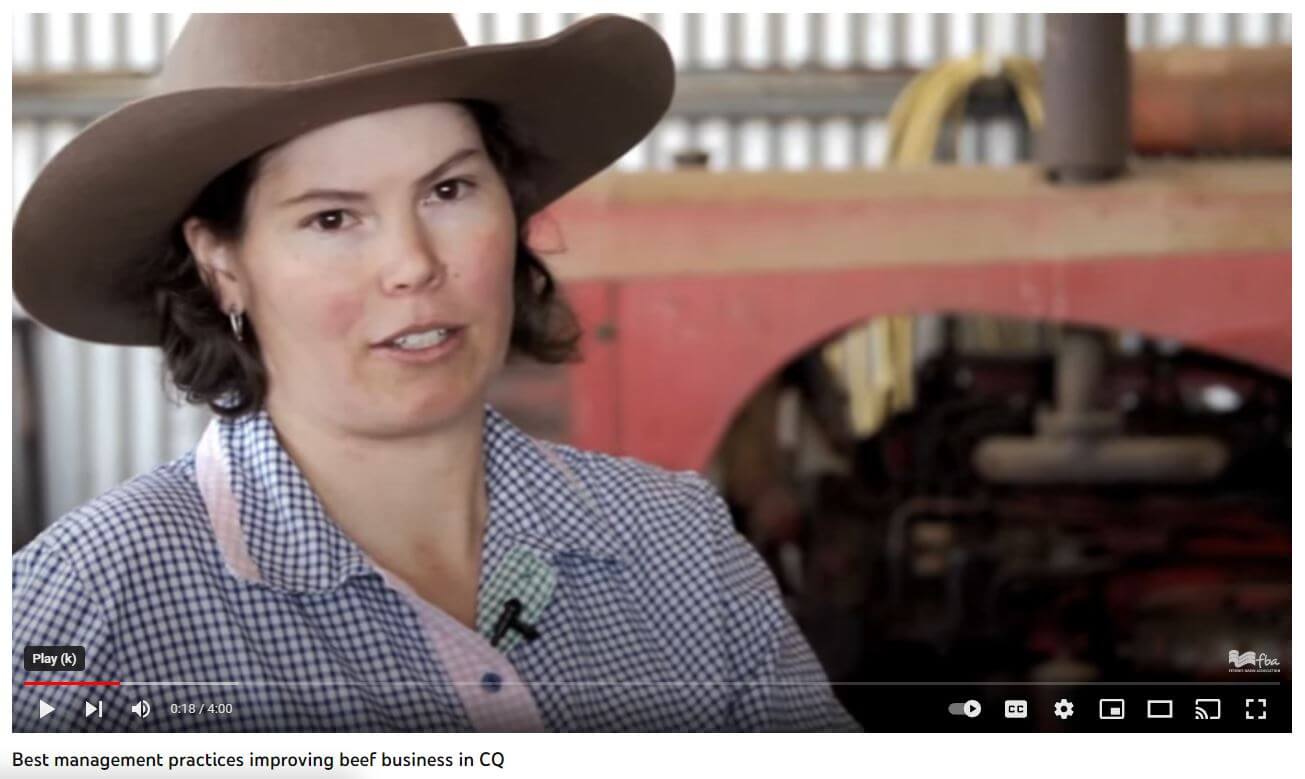
Adele and David O'Connor are some of the first graziers to get involved in a new benchmarking program for the grazing industry. Grazing best management practices (BMP) is a self-assessment tool that enables beef producers to see how they are performing against industry standards, make a plan for improvement and access support and training opportunities.
31/10/2012
Making changes for better broadacre cropping on ‘Cedar Park’
Making changes for better broadacre cropping on 'Cedar Park'
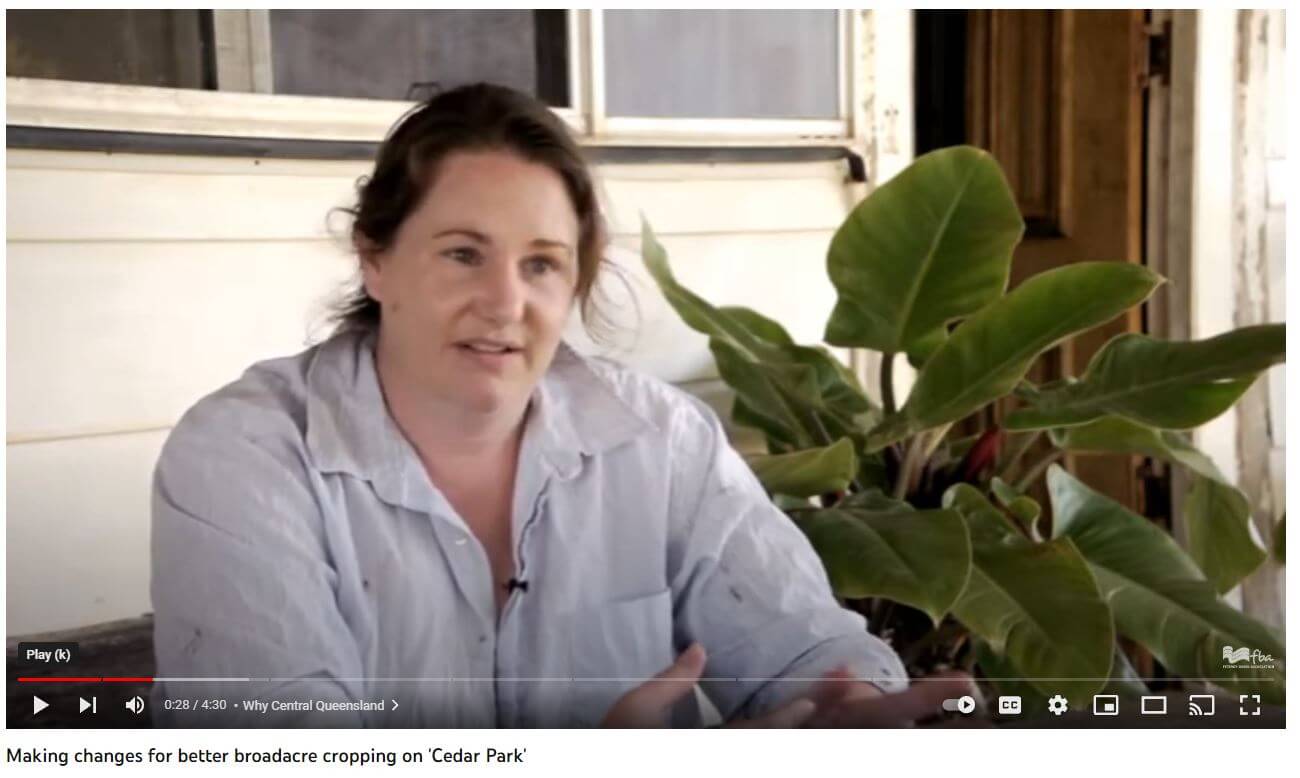
Kate and Eugene Sullivan grow crops near Springsure in central Queensland. They have worked with their local natural resource management group, Fitzroy Basin Association (FBA), to improve their understanding of their business and how it could be improved for a more sustainable CQ.
31/10/2012
Sustainable grazing in central Queensland
Sustainable grazing in central Queensland
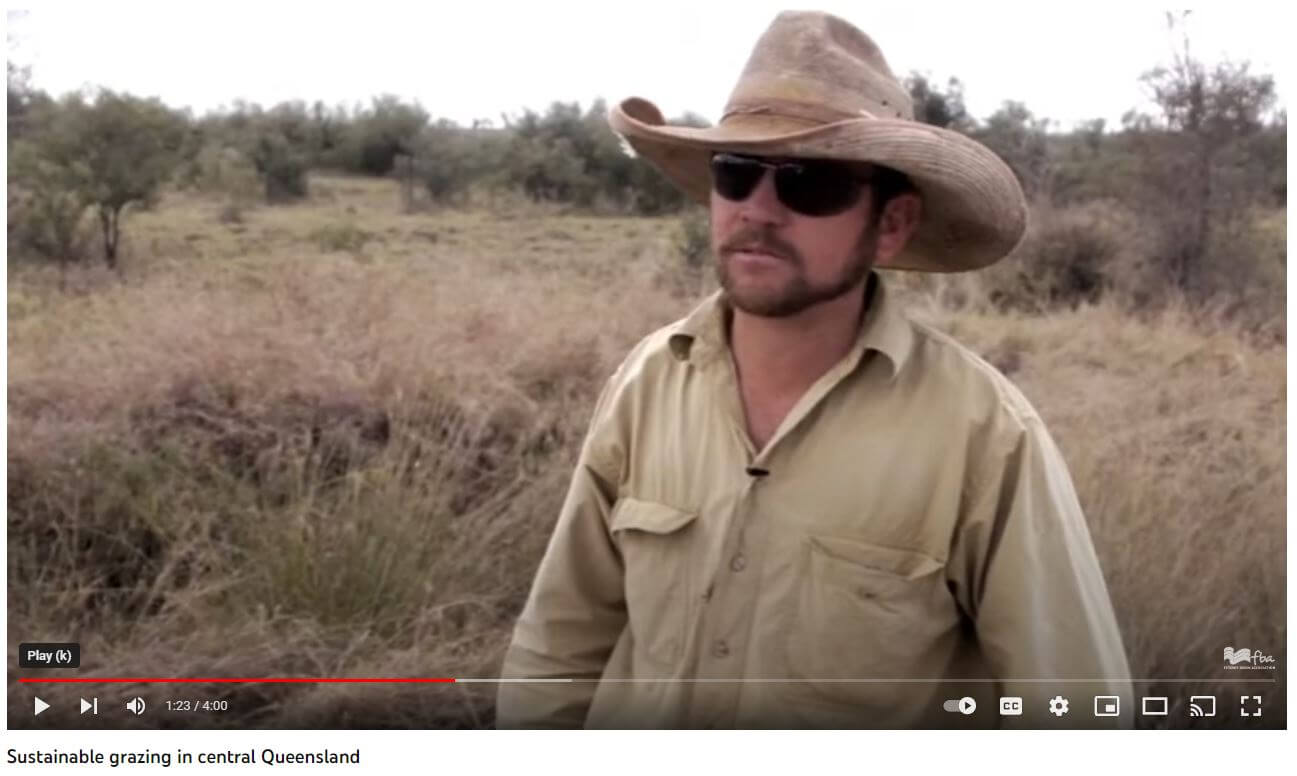
Brett Christie runs a grazing business that produces organic beef. He has worked with his regional NRM group, Fitzroy Basin Association, to develop a project to protect waterways from erosion, thus improving water quality in the nearby creeks.
29/10/2012
Flood Recovery project helps protect waterways near Taroom
Flood Recovery project helps protect waterways near Taroom

Ben Adams talks about a flood recovery project he completed which helped him replace fencing used to better manage stock access to sensitive river bank areas. Lengths of fencing was washed away in flooding experienced in central Queensland, which had the potential to seriously set-back management techniques that were benefiting the grazier and the environment, by reducing erosion. By working with his regional natural resource management group, Fitzroy Basin Association, Ben was able to access flood recovery funding provided by Queensland and Australian Government's that meant he could afford to replace damaged fences much quicker.
29/10/2012
QLD Regional NRM – Our Big Backyard
Protecting waterways through better management - QLD Regional NRM - Our Big Backyard
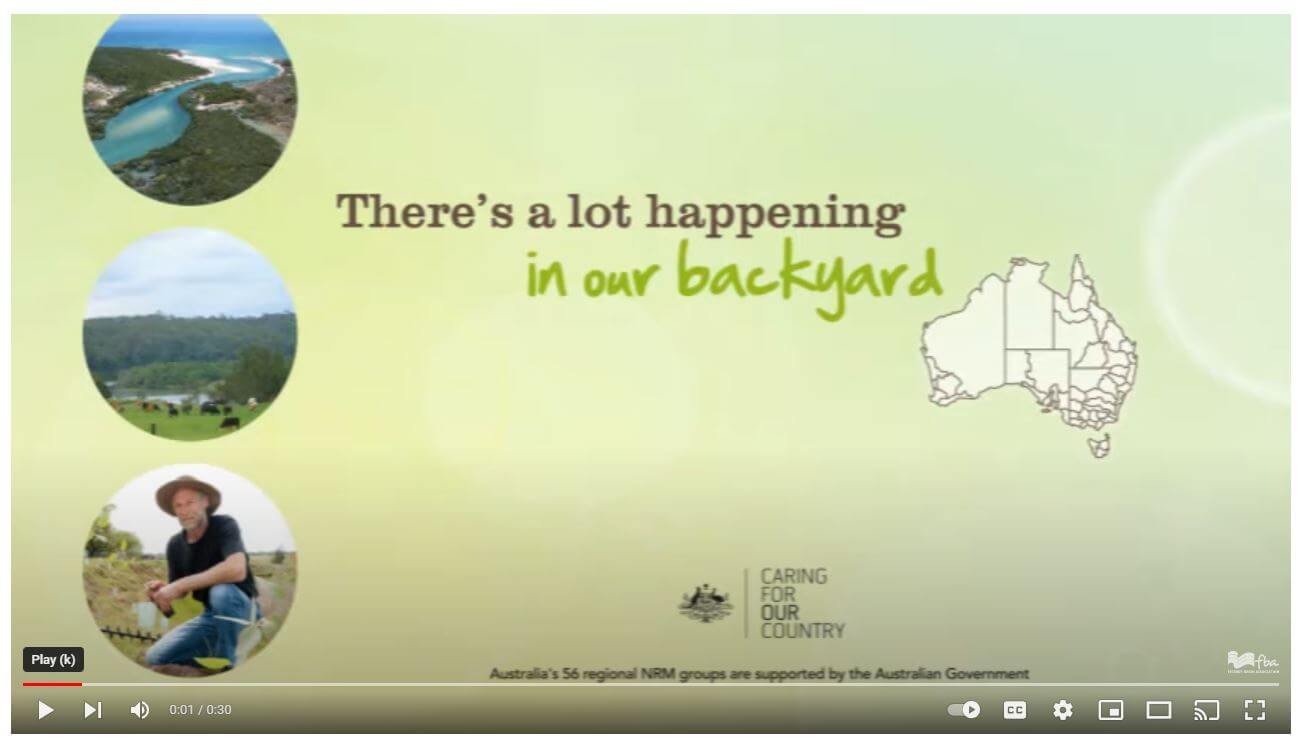
Australia is a big country. Ever wondered who takes care of the land beyond your back fence? A lot of work is done by regional natural resource management (NRM) groups. There are 14 groups covering all of Queensland, they coordinate efforts to improve and protect our waterways and landscapes - working with farmers, graziers, governments, Landcare, and community groups. It's a big backyard and there's a lot happening. For example, through the work of regional NRM groups in Queensland more than 1 million hectares of land is being managed more sustainably (in the four years to June 2011). This means farmers like Nigel, who grows irrigated cotton, are changing their practices to ensure less run-off of contaminants into nearby waterways, which eventually flow to the ocean.
10/10/2012
QLD Regional NRM – Our Big Backyard
More than 2 million ha native vegetation protected

Australia is a big country. Ever wondered who takes care of the land beyond your back fence? A lot of work is done by regional natural resource management (NRM) groups. There are 14 groups covering all of Queensland, they coordinate efforts to improve and protect our waterways and landscapes - working with farmers, graziers, governments, Landcare, and community groups. It's a big backyard and there's a lot happening. For example, through the work of regional NRM groups in Queensland more than 2 million hectares of native vegetation has been protected (in the four years to June 2011).
10/10/2012
QLD Regional NRM – Our Big Backyard
One million hectares managed sustainably

Australia is a big country. Ever wondered who takes care of the land beyond your back fence? A lot of work is done by regional natural resource management (NRM) groups. There are 14 groups covering all of Queensland, they coordinate efforts to improve and protect our waterways and landscapes - working with farmers, graziers, governments, Landcare, and community groups. It's a big backyard and there's a lot happening. For example, through the projects of regional NRM groups in catchments that drain to the Great Barrier Reef, one million hectares of land is being managed more sustainably (in the four years to June 2011).
10/10/2012
QLD Regional NRM – Our Big Backyard
More than 5000 training events

Australia is a big country. Ever wondered who takes care of the land beyond your back fence? A lot of work is done by regional natural resource management (NRM) groups. There are 14 groups covering all of Queensland, they coordinate efforts to improve and protect our waterways and landscapes - working with farmers, graziers, governments, Landcare, and community groups. It's a big backyard and there's a lot happening. For example, more than 5000 training events were run or supported by regional NRM groups in the 4 years to June 2011 - that's a lot of new knowledge and skills!
12/10/2012
The Fitzroy Basin: Heart of Queensland
The Fitzroy Basin: Heart of Queensland

The Fitzroy Basin is the second largest river system draining to Australia's east coast. It is a large and diverse area with beautiful landscapes, productive agricultural land, and unique plants and animals. The basin includes more than 20,000km of waterways that drain the iconic Great Barrier Reef. Grazing is a major land use, and the city of Rockhampton is known as Australia's beef capital.
16/02/2012





